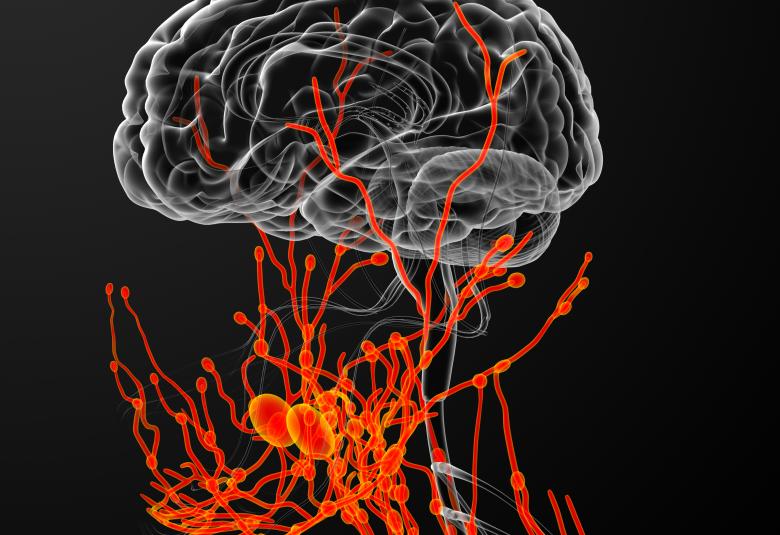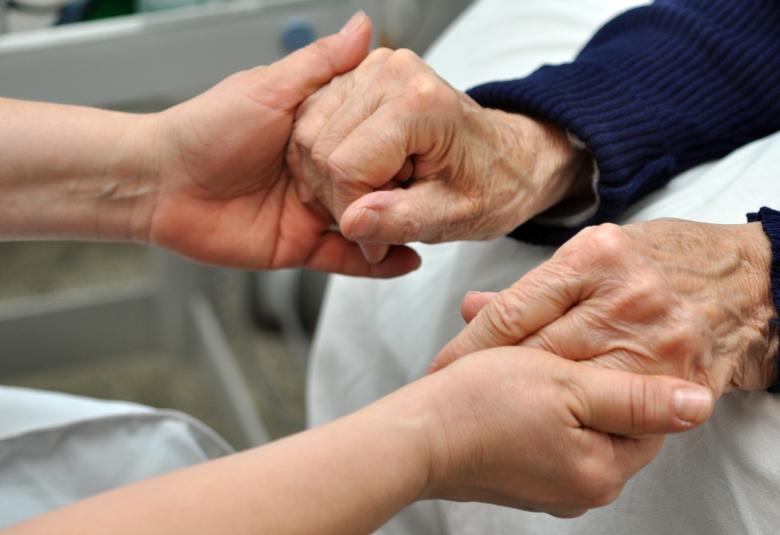Can you talk us through a particularly challenging bipolar I diagnosis?
One of the problems with bipolar affective disorder which makes diagnosis challenging is drug abuse - that sort of complicates a patient’s presenting symptoms and makes the diagnosis and subsequent treatment difficult.
What we do usually is that once we admit the patient, we keep them drug-naïve for a certain time, administering minimal medication, then as the clinical picture clears up, we start the full treatment.
In drug abuse psychosis, as the drug effects wear off, the symptoms wear off too, whereas bipolar affective disorder is a lifelong disorder and for that you have to keep treating patients for a significant amount of time. That is one of the most important challenges in our part of the world.
Do you think a patient’s family or loved ones should be included in the management and treatment of their disorder? If so, what is the best way to include family or loved ones?
I think in my part of the world, family support is the most important support that we have. We have limited government resources, so we try to mobilise as much family support as possible, because as well as experiencing problems in their daily life, bipolar patients are sometimes a risk to themselves and others. What we do is admit the patient for a shorter duration, sending them home with medication but also psycho-educating both the patient and their family on management in their home. We discuss their symptoms, treatment and the importance of remaining compliant, providing a safe environment at home and coming back to us if they experience any relapse symptoms.
In fact, we’ve compared cases where patients’ relatives were properly educated, compared with cases where they weren’t and the results were quite contrasting, showing that psycho-education and improving family support for the patient is very, very beneficial for the long-term outcome of their illness.
Our correspondent’s highlights from the symposium are meant as a fair representation of the scientific content presented. The views and opinions expressed on this page do not necessarily reflect those of Lundbeck.




